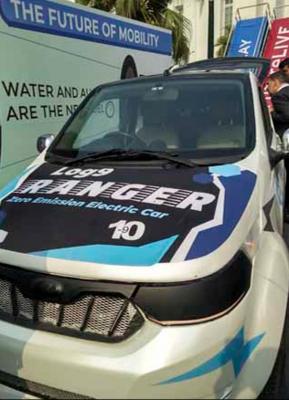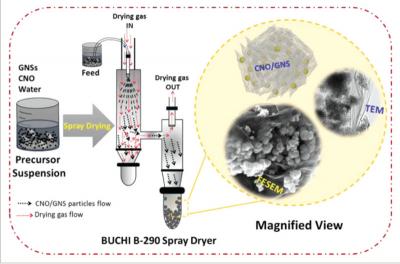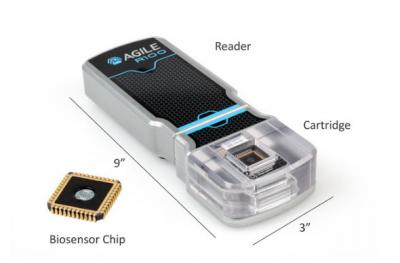Ionic Industries demonstrates the progress of its graphene-enhanced Origami Supercapacitors
Ionic Industries has developed a number of prototype supercapacitor devices using its graphene technologies, and following is a video of one of these devices in operation.
Ionic states that these graphene-enhanced supercapacitors are inexpensive, safe and environmentally friendly and have the potential to power a broad range of Internet-of-Things devices (which are the markets that Ionic will be focusing on in the near term).





